How to Maintain and Clean Your Rabbit Nesting Box for Optimal Health
Keep your rabbit's nest box clean and healthy with our easy maintenance tips. Ensure a hygienic space for your bunny's well-being.
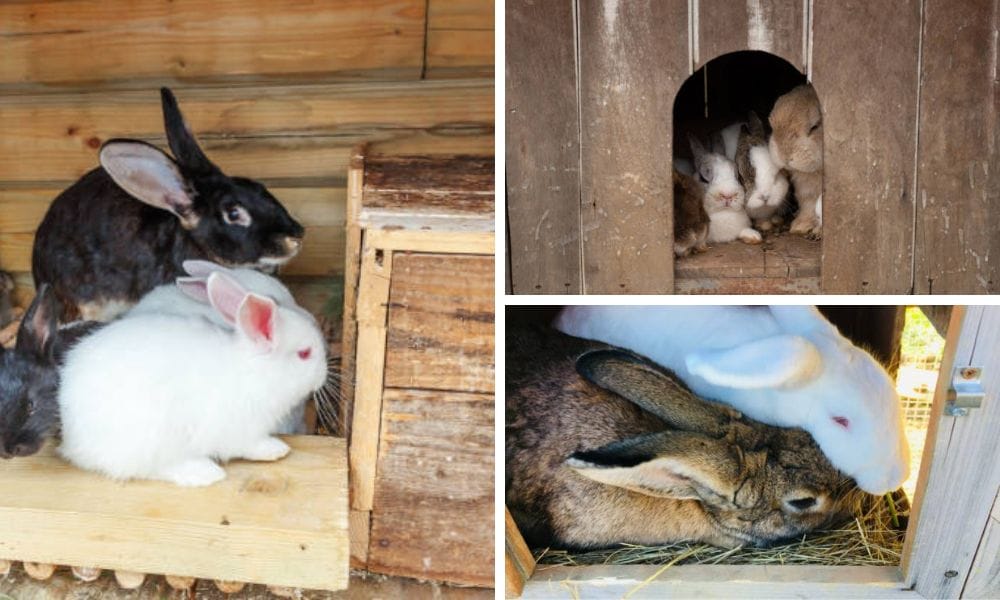
Rabbits are delightful pets and, for those who breed them, an important part of the family or business. Whether you're caring for pet rabbits or meat rabbits, maintaining a clean and comfortable environment is crucial for their health and well-being. The nesting box, in particular, is a space that requires regular attention. In this article, we'll explore the best practices for keeping your rabbit's nesting box in top condition.
Key Takeaways:
- Regular maintenance of the rabbit nesting box is essential for the health of both the doe and her kits.
- Using the right materials and design for the nest box can make cleaning easier and more effective.
- Understanding the proper cleaning process and schedule can prevent the spread of disease and ensure a comfortable environment for your rabbits.
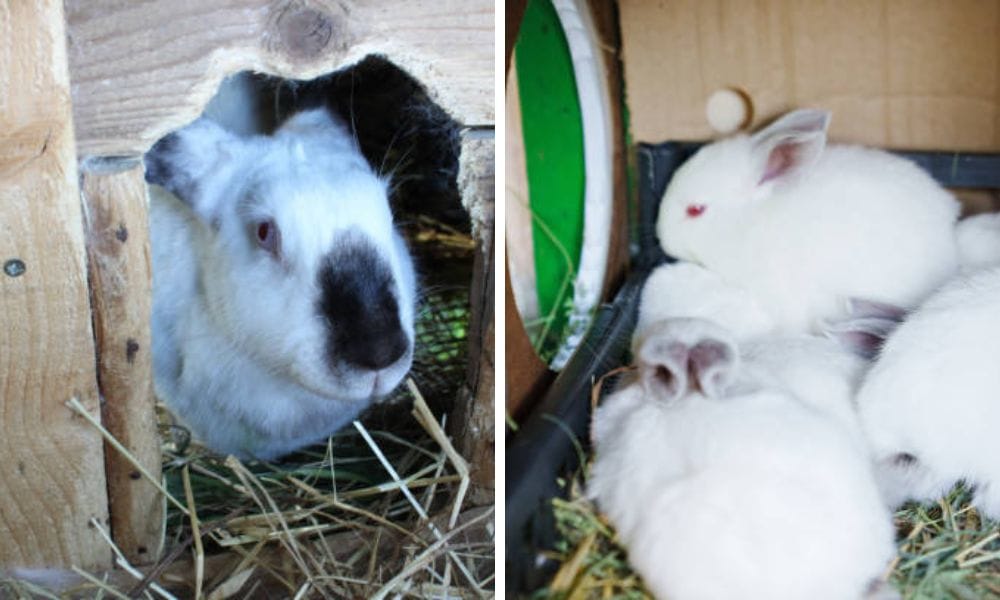
Choosing the Right Nest Box
When selecting a nest box for your rabbits, consider the dimensions and construction. A quality nest box should be spacious enough for the doe to move around comfortably but cozy enough to keep the kits warm. Wood is a popular material for nest boxes due to its insulating properties, especially during winter. However, ensure that the wood is untreated and safe for rabbits. Some breeders prefer nest boxes with a removable floor or a lip to prevent bedding from being dragged out. Additionally, using welded wire in the design can enhance durability and safety, ensuring a secure environment for the rabbits.
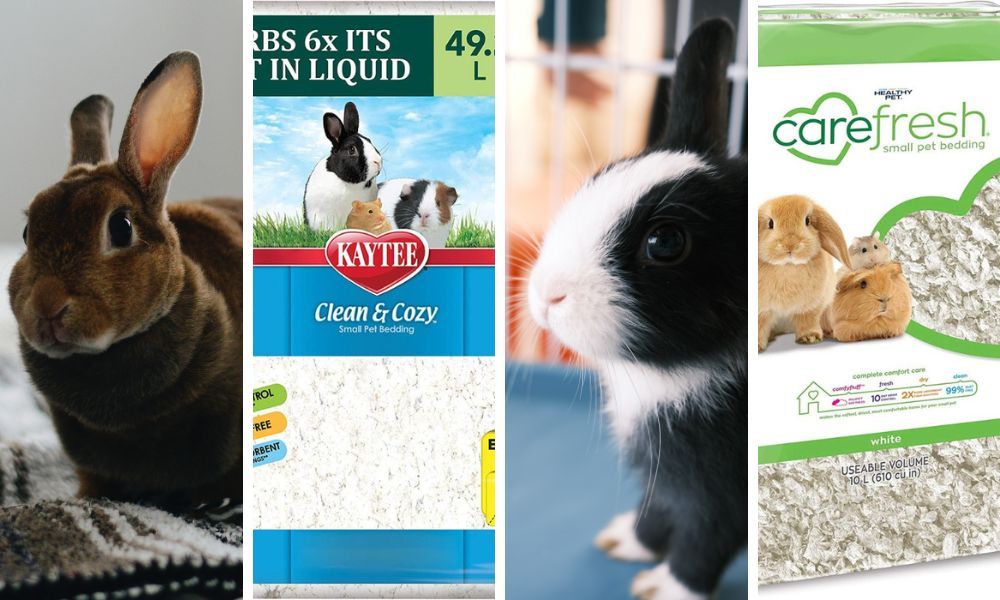
Setting Up a Safe and Clean Nest Box
Setting up a safe and clean nest box is crucial for the health and well-being of your rabbit kits. A well-designed and well-maintained nest box can help reduce kit loss and ensure a successful litter. Here are some tips to help you set up a safe and clean nest box:
- Choose the Right Location: Place the nest box in a quiet and safe location within the cage, away from drafts and predators. Ensure the cage floor is clean and dry before placing the nest box. This helps create a secure environment for the doe and her kits.
- Use the Right Nesting Material: Line the nest box with safe and comfortable nesting material, such as wood shavings or hay. Avoid using materials that can cause respiratory problems, such as pine or cedar shavings. The right nesting material will keep the nest warm and cozy.
- Provide Adequate Ventilation: Ensure that the nest box has adequate ventilation to prevent the buildup of ammonia and moisture. You can add ventilation holes or use a wire mesh bottom to improve airflow. Proper ventilation is key to maintaining a healthy environment inside the nest box.
- Keep the Nest Box Clean: Clean the nest box regularly to prevent the buildup of bacteria and odors. Remove soiled bedding and replace it with fresh material. Regular cleaning helps maintain a hygienic space for the kits.
- Monitor Temperature: Ensure that the nest box is at a comfortable temperature for the kits. A temperature range of 70-80°F (21-27°C) is ideal for rabbit kits. In colder weather, add extra bedding to keep the nest warm.
- Provide a Safe Entrance: Make sure the entrance to the nest box is safe and secure. You can add a lip or a ramp to prevent kits from falling out of the box. A secure entrance helps keep the kits safely inside the nest.
- Use Safe and Durable Material: Use a safe and durable material for the nest box, such as wood or plastic. Avoid using materials that can harm the kits, such as metal or wire mesh with sharp edges. A sturdy nest box ensures the safety and comfort of the rabbits.
- Add a Litter Box: Consider adding a litter box to the nest box to help keep the area clean and reduce odors. A litter box can make it easier to manage waste and maintain cleanliness.
- Provide a Beautiful Nest: Encourage the doe to build a beautiful nest by providing her with plenty of nesting material and a safe and comfortable environment. A well-built nest helps the kits stay warm and protected.
- Monitor the Kits: Monitor the kits regularly to ensure they are healthy and thriving. Check for signs of illness or distress, and seek veterinary care if necessary. Regular monitoring helps catch any issues early and ensures the well-being of the kits.
By following these tips, you can set up a safe and clean nest box that will help ensure a successful litter and healthy kits. Remember to always prioritize the health and well-being of your rabbits, and seek veterinary care if you have any concerns.
The Importance of Easy Cleaning
An easy cleaning box is a must for any rabbit breeder. Boxes with straight sides and a simple design are easier to clean and disinfect. Hardware cloth can be used to line the bottom of the box for better ventilation and to keep the nest dry. This is particularly important in the summer months when humidity can lead to mold growth. A nest box that is easy to attach and detach from the cage will also simplify the cleaning process.
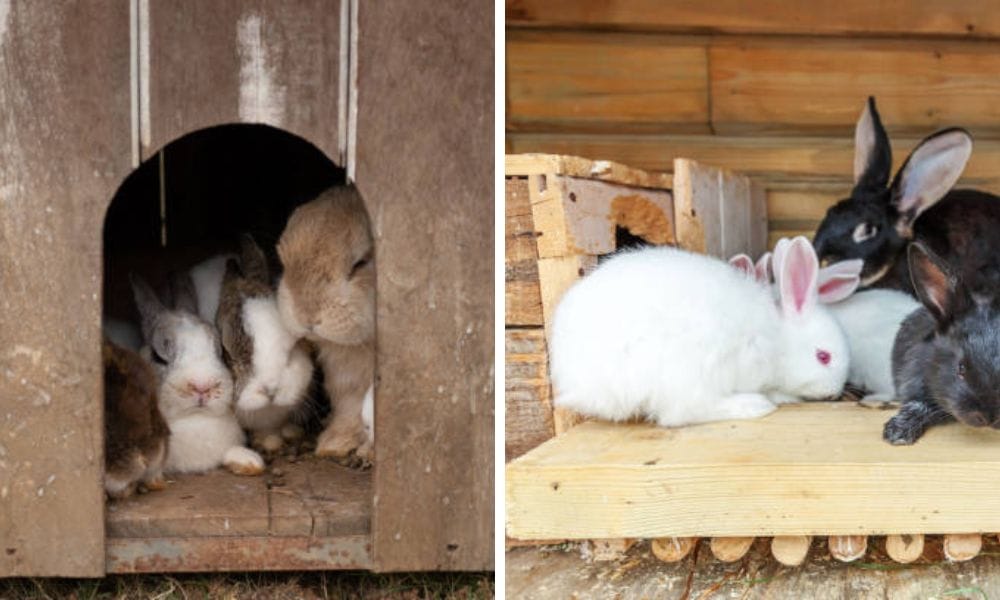
Regular Maintenance Schedule
To ensure optimal health for your rabbits, establish a regular cleaning schedule for the nest boxes. The frequency of cleaning will depend on the number of rabbits and the type of bedding used. As a general rule, inspect the nest box daily and remove any soiled bedding. A more thorough cleaning, which involves removing all bedding and disinfecting the box, should be done between litters or at least once a month.
Cleaning Process and Materials
When it's time to clean the nest box, first remove all the bedding and any waste. Use a mild, pet-safe disinfectant to scrub the inside and outside of the box. Rinse thoroughly with water and let the box dry completely before adding fresh bedding. Avoid using harsh chemicals that can harm the rabbits or leave behind fumes. For bedding, choose materials like straw or hay that are absorbent and can be easily replaced.
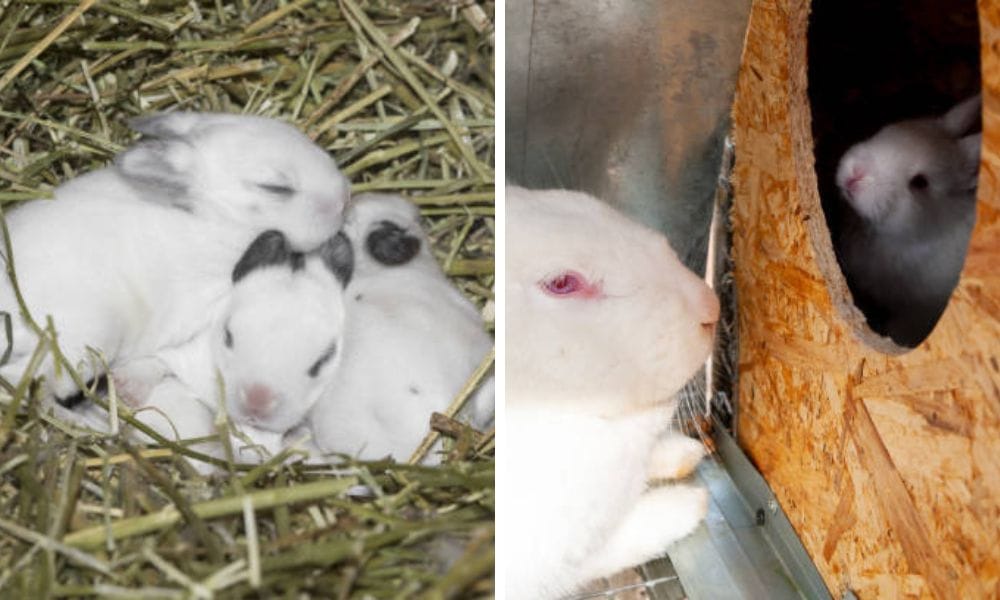
Bedding Choices and Replacement
The right bedding will keep the nest box warm and dry. Straw and hay are excellent choices as they are natural and comfortable for the rabbits. Avoid using materials like cedar or pine shavings, as they can cause respiratory issues in rabbits. Replace the bedding regularly to prevent the buildup of ammonia from urine, which can be harmful to the rabbits' respiratory systems.
Monitoring for Health and Comfort
Keep a close eye on the nest box to ensure it remains a safe haven for your rabbits. Using welded wire for added durability and safety can help ensure there are no sharp edges that could harm the rabbits. Check for signs of chewing or damage to the box, as sharp edges can injure the rabbits. Also, monitor the temperature inside the nest box, especially during extreme weather conditions. In winter, you may need to add extra bedding to keep the kits warm, while in summer, ensure the nest box is well-ventilated to prevent overheating.
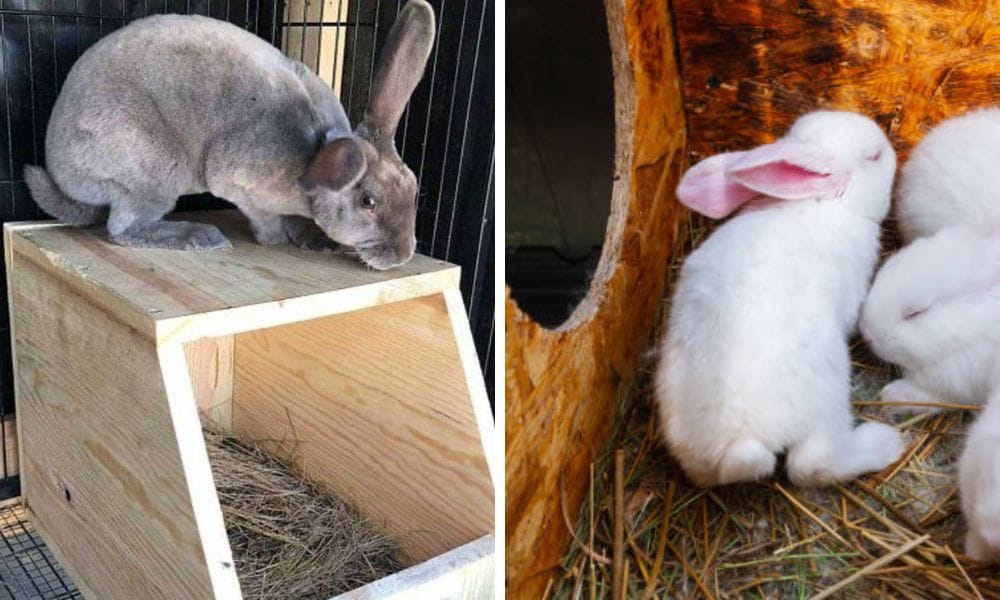
DIY Nest Box Tips
For those who enjoy DIY projects, building your own rabbit nest box can be an amazing and rewarding experience. Use quality plywood for construction and ensure all edges are smooth to prevent injuries. Consider adding a hinged lid for easy access and a removable floor for quick cleaning. There are plenty of free DIY nest box plans available online that can guide you through the process.
The Role of the Nest Box in Breeding
For breeding rabbits, the nest box plays a crucial role in the success of litters. A clean and comfortable nest box encourages the doe to care for her kits properly. It should be introduced to the cage a few days before the expected kindling date to give the doe time to get accustomed to it. After the kits are born, keep disturbances to a minimum to avoid stressing the mom and babies.
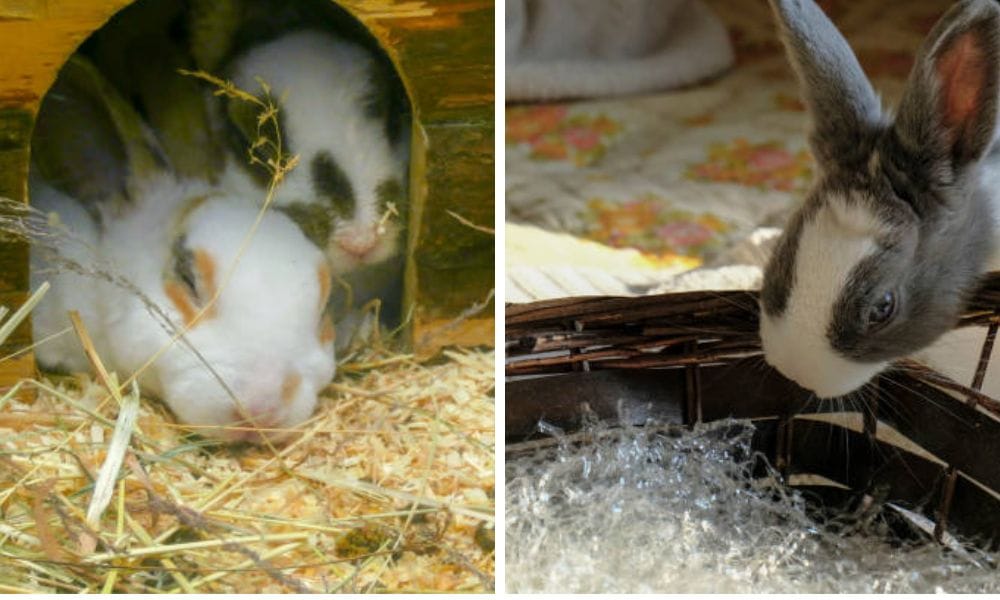
Summary
Maintaining and cleaning your rabbit's nesting box is not just about cleanliness; it's about providing a safe, healthy, and comfortable environment for your furry friends. By choosing the right materials, keeping a regular cleaning schedule, and monitoring the nest box conditions, you can ensure that your rabbits thrive. Remember, a well-maintained nest box is a key factor in the overall health and happiness of your rabbits.
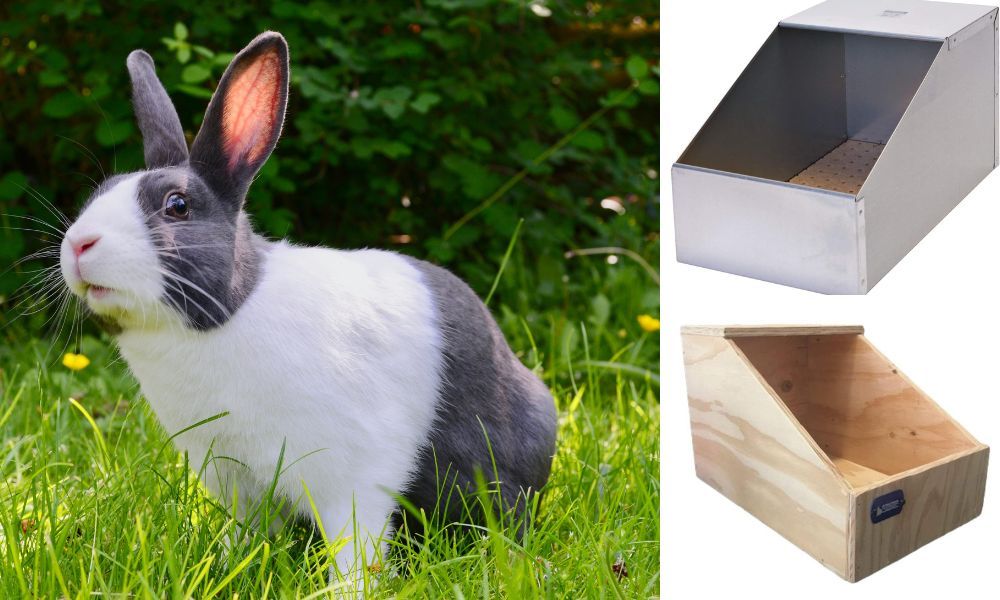
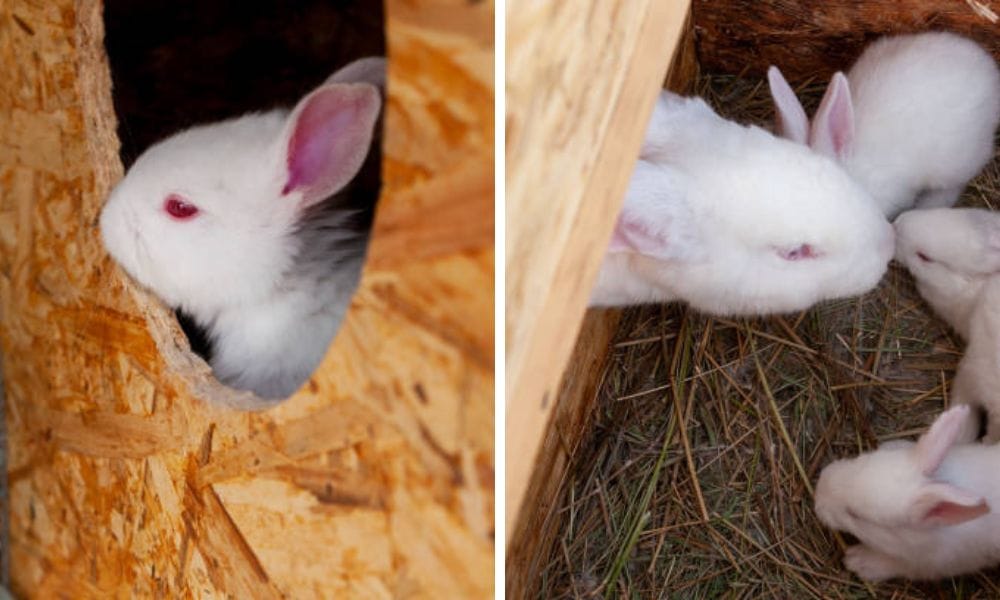
FAQ Section
Q: How often should I clean my rabbit's nesting box? A: The nesting box should be inspected daily and soiled bedding removed. A thorough cleaning and disinfection should be done between litters or at least once a month.
Q: What materials are safe to use for rabbit bedding in the nest box? A: Straw and hay are safe and comfortable bedding materials for rabbits. Avoid using cedar or pine shavings, as they can cause respiratory issues.
Q: Can I build my own rabbit nesting box? A: Yes, building your own rabbit nesting box can be a great DIY project. Use safe, untreated wood and ensure the box has smooth edges and a design that allows for easy cleaning. There are many free plans available online to help you with the construction.

